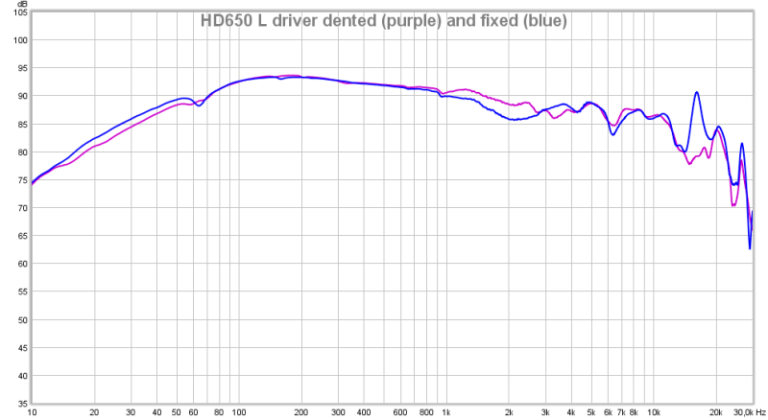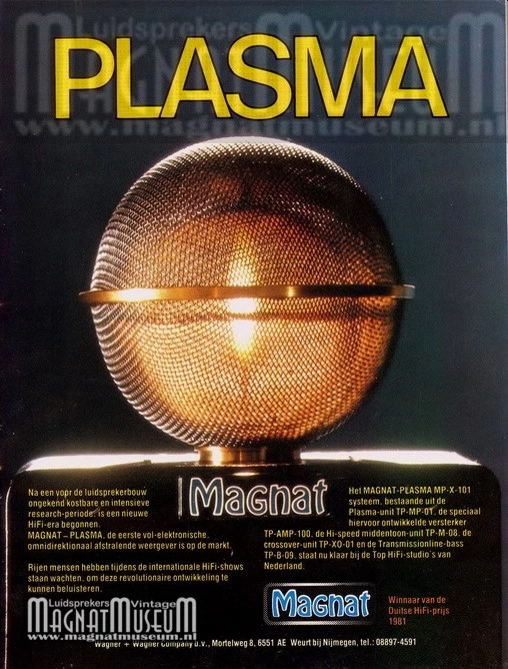Here's Genelec's
take on dome tweeter materials:
"In general, dome tweeters are fairly efficient, and have low distortion and wide dispersion. There is a choice between hard and soft dome materials, but all have relatively low mass and good power handling capabilities.
Soft dome on-axis response can go flat easily over 20 kHz. As the material is soft, the dome does not vibrate as a piston – the first breakup modes are already present at a few kHz - but a bending wave propagates along the material to the center of the dome and back. At certain frequencies the center of the dome vibrates in anti-phase with respect to the voice coil. To control the vibration the soft dome is damped with viscous material and it absorbs the wave. At higher frequencies the soft dome becomes a ring radiator where the main radiation happens from a narrow area around the voice coil; i.e. both dome and surround radiate. This means that the off-axis response starts to drop soon above 10 kHz with a 25 mm dome, and this is visible in the power response. Several years go Vifa made a new soft dome tweeter, where they omitted the dome totally and made it a bare ring radiator. The diaphragm was supported from the center giving a distinctive look to this driver. Its on-axis response went to about 40 kHz but off-axis response dropped rapidly as it became directional.
Hard domes vibrate as a piston up to the first breakup frequency, which depends on dome material and size. The same physics works with hard domes as with soft domes, but as the speed of sound in a hard material is much higher than in a soft one, the first breakup frequency is typically around 25...26 kHz for a 25 mm aluminum or titanium dome and around 28..35 kHz for a 19 mm aluminum or titanium dome. Titanium is stiffer than aluminum, but as it is also heavier, the end result is practically the same. Beryllium dome breakups are higher.
Hard dome present also a greater power handling and maximum SPL output. Their dispersion characteristic allows a very efficient combination with a DCW waveguide which shapes the emitted wavefront in a controllable way, thus allowing control of the dispersion. Such DCW curved, rigid surface fitted in front of the driver unit can be dimensioned for constant directivity and may also extend down to low mid frequencies depending on the DCW frontal area.
A properly engineered hard dome tweeter can have extremely low distortions, good power handling, good directivity and it can be very reliable. All these parameters are objective reasons for our choice of hard dome tweeters."



